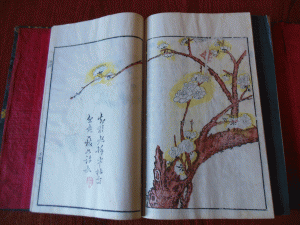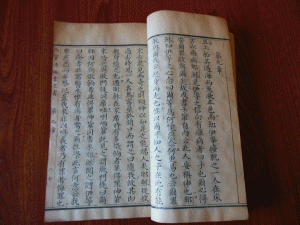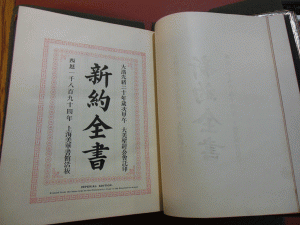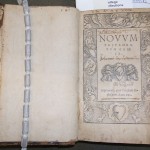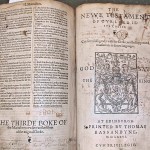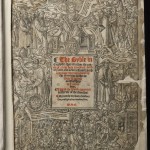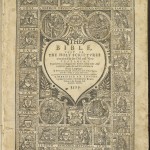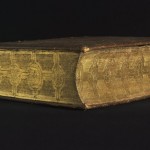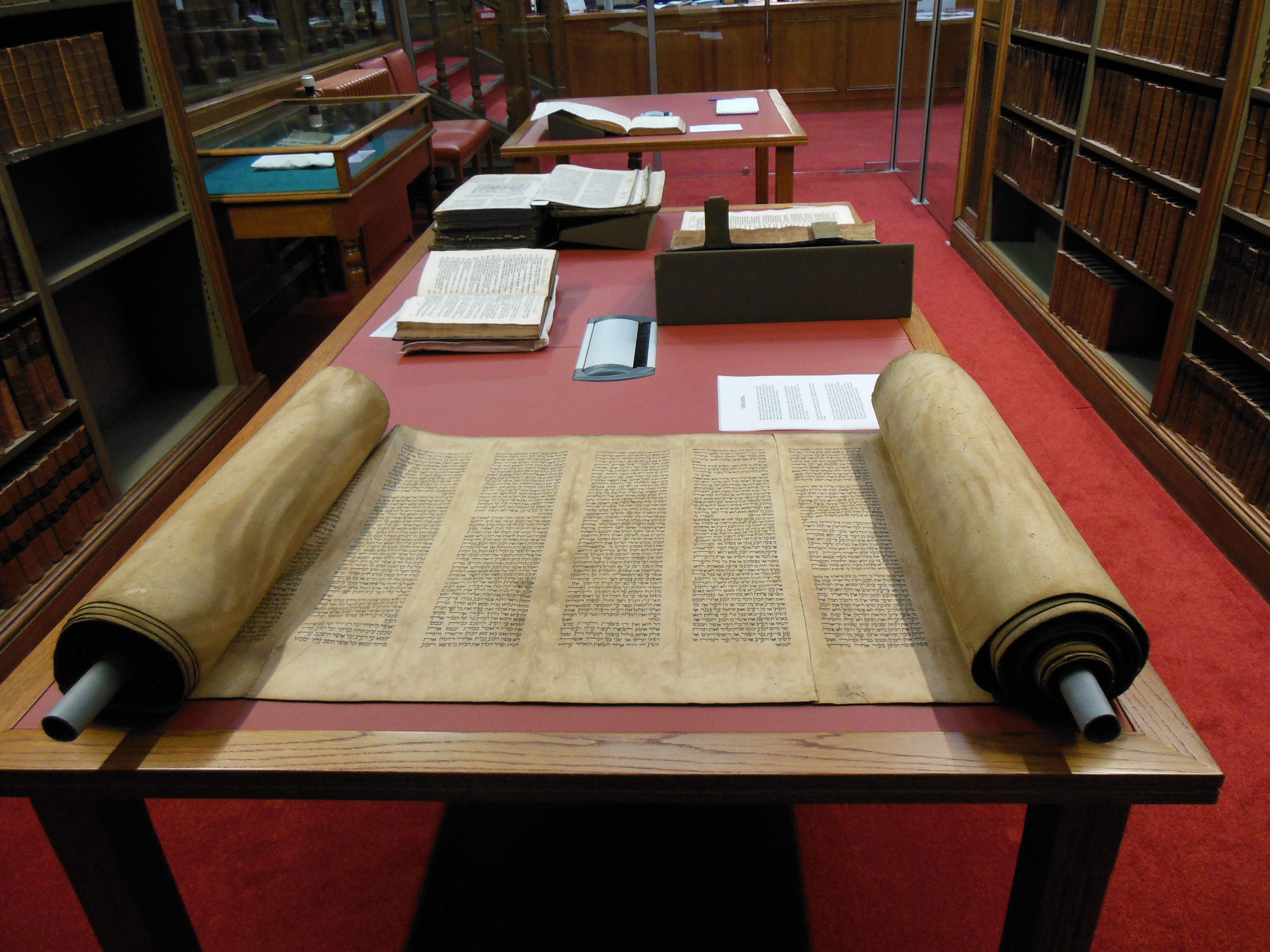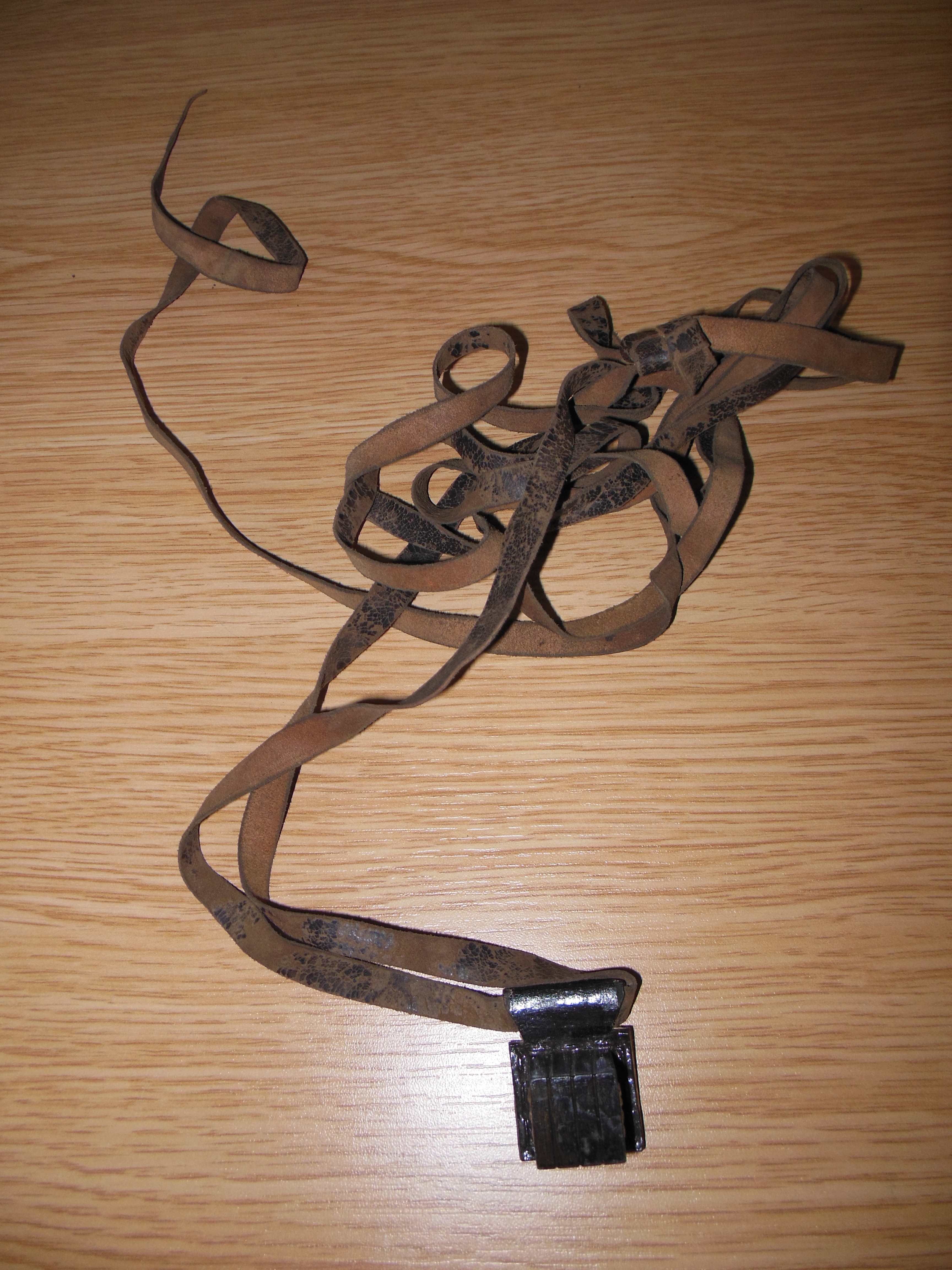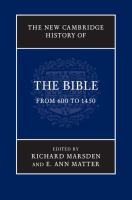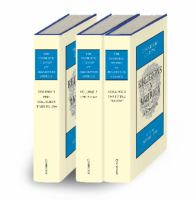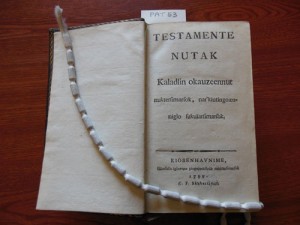
Testamente nutak : Kaladlin okauzeennut nuktersimarsok [Eskimo Bible]. Copenhagen, 1799. New College Library PAT 53
In early 2014 we began work to catalogue the Paterson Bible Collection, as part of the Funk Cataloguing Projects at New College Library. This collection of over 300 Bibles in a huge variety of languages and scripts represents the interests and life’s work of John Paterson (1776–1855). Paterson was a Glasgow trained missionary for the Congregational Church, who originally intended to serve in India but instead forged a career in northern Europe (1).
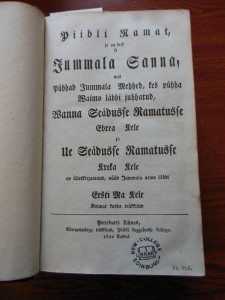
Piibli Ramat, se on keik se Jummala Sanna [Bible. New Testament. Estonian]. Peterburri Linnas, 1822. New College Library PAT 60
His work involved translating and printing portions of the scriptures into Finnish, Georgian, Icelandic, Sami, Latvian, Moldavian, Russian, Samogitian, and Swedish. First based in Sweden, where he founded the Finnish Bible Society, in 1812 Paterson moved to St Petersburg, where he was involved in the work of what became the Russian Bible Society. In later life he returned to Scotland where he continued to be active in the Scottish Congregational Church, but was also involved with early attempts to produce Bibles for the blind, in a precursor of Braille writing (2).
![Meije Issanda Jesusse Kristusse Wastne Testament [Bible. New Testament. Estonian]. Riga, 1686](http://libraryblogs.is.ed.ac.uk/newcollegelibrarian/files/2014/03/PAT-58-225x300.jpg)
Meije Issanda Jesusse Kristusse Wastne Testament [Bible. New Testament. Estonian]. Riga, 1686 New College Library PAT 58
The Paterson Bible Collection reflects the linguistic spectrum of his Northern European work, but also includes Bibles in languages as diverse as Amharic, Armenian and Ethiopian. It was received by the National Bible Society of Scotland in 1957 from A. G. C. Baxter of Gilston, Largoward, Paterson’s descendant, and subsequently gifted to New College Library in 1991.
(1) G. C. Boase, ‘Paterson, John (1776–1855)’, rev. H. C. G. Matthew, Oxford Dictionary of National Biography, Oxford University Press, 2004 [http://www.oxforddnb.com/view/article/21533, accessed 19 Feb 2014]
(2) Alexander, James M. (1974) ‘Title John Paterson, Bible Society Pioneer, 1776-1855. The later years – 1813-1855, Records of the Scottish Church History Society, vol viii, p196.
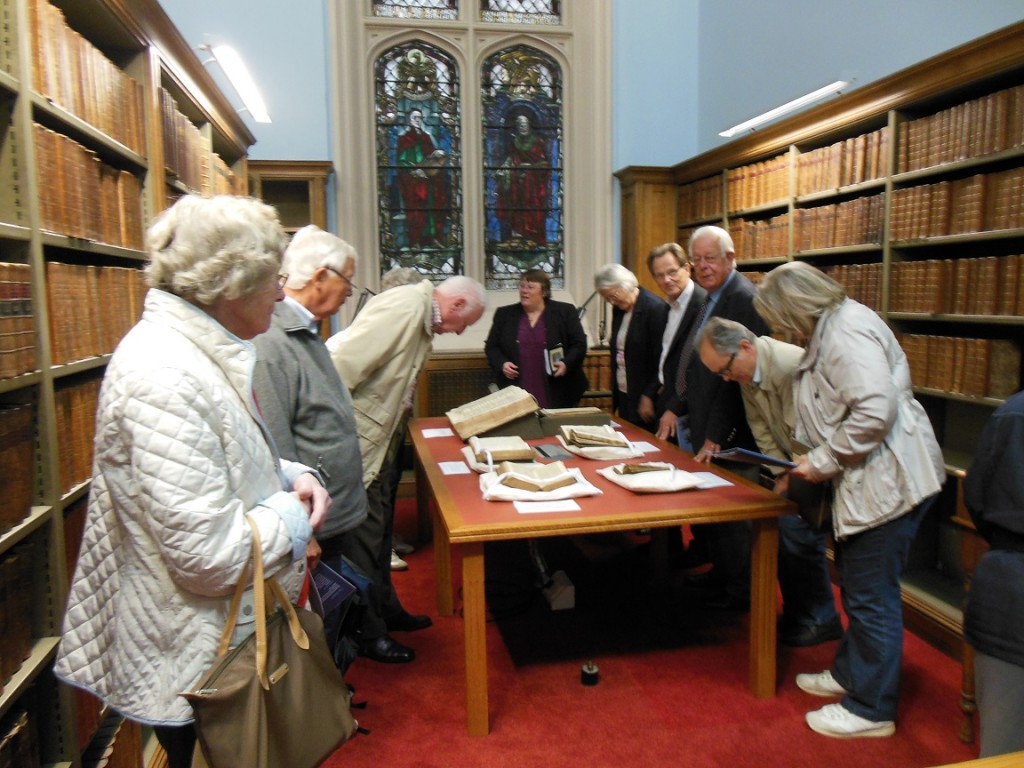 We were pleased to host a recent visit from the Friends of the Reformation Museum in Geneva at New College Library. The Friends were delighted to be able to view a selection of treasures from the Library’s Special Collections in the Funk Reading Room. These included Andrew Melville’s Bible, an early Greek New Testament, a Bassandyne Bible and a Geneva Bible. Their packed programme for the rest of the day included singing a psalm from the Wode Psalter in Greyfriar’s Kirk.
We were pleased to host a recent visit from the Friends of the Reformation Museum in Geneva at New College Library. The Friends were delighted to be able to view a selection of treasures from the Library’s Special Collections in the Funk Reading Room. These included Andrew Melville’s Bible, an early Greek New Testament, a Bassandyne Bible and a Geneva Bible. Their packed programme for the rest of the day included singing a psalm from the Wode Psalter in Greyfriar’s Kirk.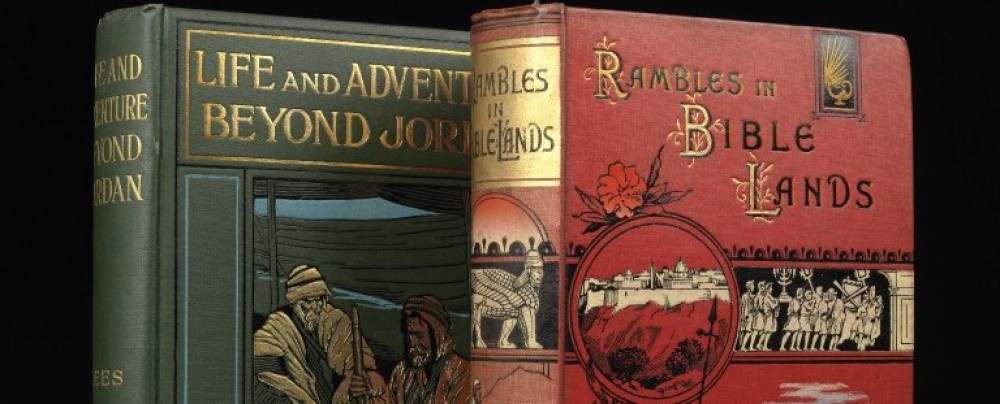
![Perush ha-Torah / leha-Rav rabenu Mosheh bar Nahman ... [1514]](http://libraryblogs.is.ed.ac.uk/newcollegelibrarian/files/2014/08/Dal-Chr-15ar-1024x768.jpg)
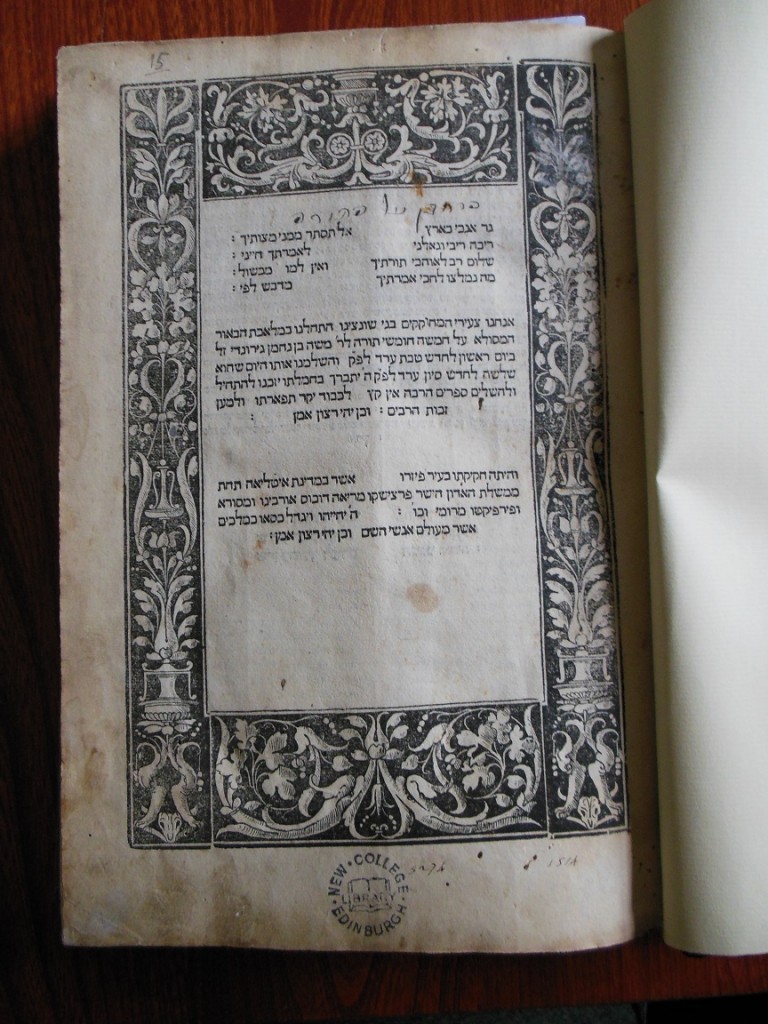
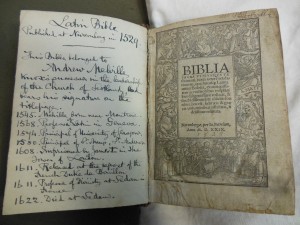
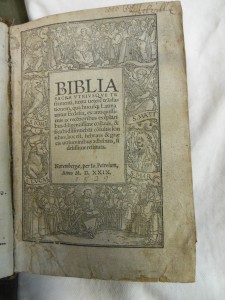

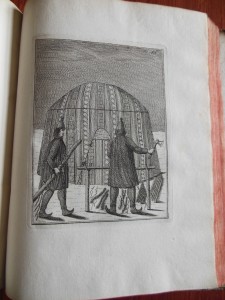
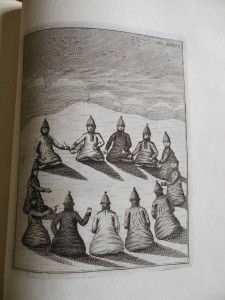



![Meije Issanda Jesusse Kristusse Wastne Testament [Bible. New Testament. Estonian]. Riga, 1686](http://libraryblogs.is.ed.ac.uk/newcollegelibrarian/files/2014/03/PAT-58-225x300.jpg)
